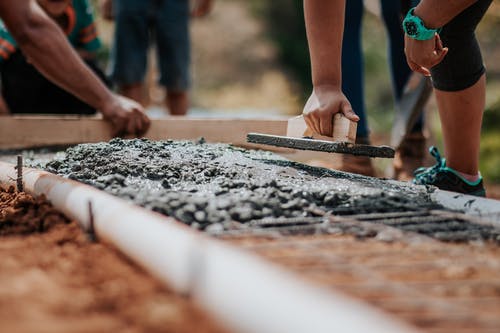The cost of underpinning a basement varies depending on the extent of the project. You can undertake the task yourself if you have some engineering experience and a few weekends free. However, it is not an easy job and you may have to get the help of a professional. A basement lowering project can improve the overall structure of a home, so it is important to choose the right contractor for the job. It will also involve shutting off the main water valve and gas line.
The a depends on several factors, including the size and height of the basement. Before hiring a contractor, it is important to know what type of home you have. The foundation’s age, type of foundation, and the size of the basement will affect the cost of the project. Some homeowners combine underpinning with a bench to lower the overall cost. To get a good estimate, you can visit a local contractor or go online and look for quotes.

A basement underpinning company can help you determine the cost of the process. The most common methods involve digging series of holes underneath the foundation’s footing and filling them one after another. If the area around the house is filled with dirt and mud, you may want to hire a demolition company to remove the drywall and other materials. You will save money if you hire a contractor to do the work for you.
In addition to the cost of a new concrete slab, underpinning can also reduce the square footage of the basement. The average price of an underpinning basement is between $350 and $450 per square foot, and the amount depends on the quality of the work and how much living space you want to add. If you’re planning on finishing your basement yourself, you can opt for bench footing. The cost of a bench footing is a few thousand dollars less than an underpinning basement.
Compared to a finished basement, underpinning requires permits and requires engineering skills. Its cost is approximately $80 per square foot, and the labor involved is much lower than benching. The underpinning process is a lengthy process, but it is well worth it if you need to use your basement for other purposes. If you’re looking for additional living space, underpinning will add a few extra feet to your basement floor.
Underpinning a basement is a great option for homeowners who need additional living space resin injection underpinning, but don’t want to move. While this approach can give you the extra living space you need, it can also be expensive. If you’re unsure about whether underpinning is worth it, make sure to research all your options before making a decision. If you’re not sure, it’s best to wait for the underpinning to be completed.
While underpinning a basement is an excellent investment, you should carefully consider the costs of it. The most important thing to remember is that underpinning a basement should not be undertaken lightly. You need to ensure that your home is structurally sound and that it will last for decades. It is important to get a professional to do the work. It is a good idea to hire a contractor who has the proper insurance coverage.
In addition to the underpinning basement cost, you should also consider the cost of the building permit. The process of obtaining a building permit requires a licensed architect. The cost of a building permit is about $2500 for a typical project. It is also important to ask your neighbour if underpinning will affect his or her home. Usually, you’ll need to get a permit. If you’re planning to add a basement walkout, you’ll need a building permit.
Underpinning a basement requires the use of a special permit. The process can take from a few days to a few weeks. It can range from a few hundred to several thousand dollars. The cost of the permit depends on the complexity of the design and the time of year. The most popular times to underpin a basement are during the summer. This is because the work of a basement entails a lot of labor and material.

